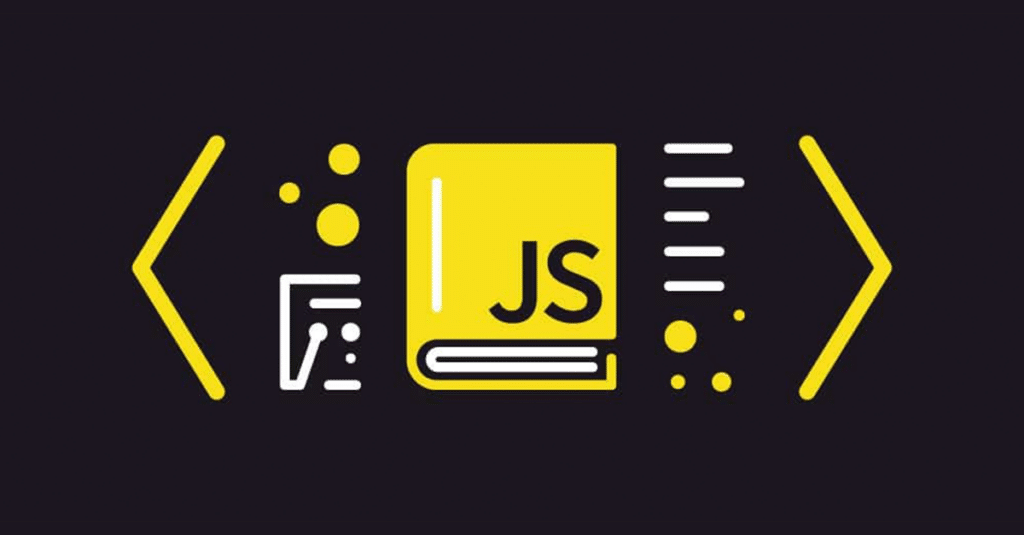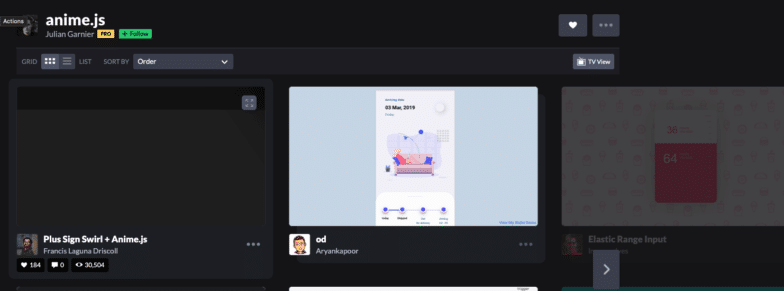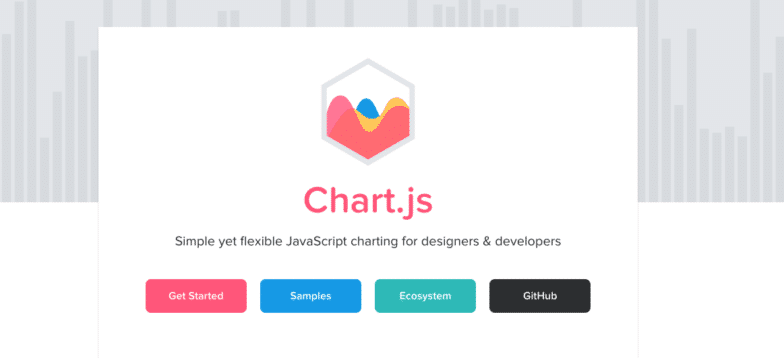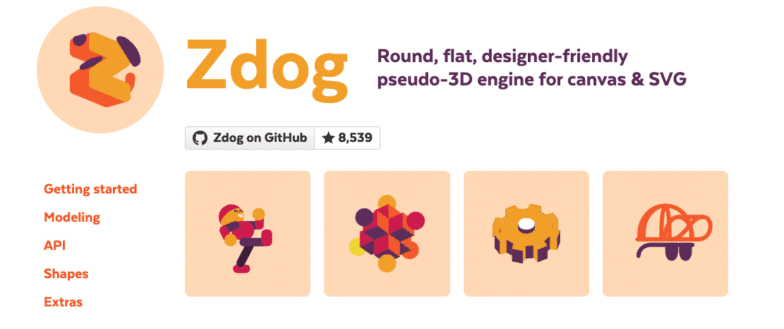
7 Best JavaScript Libraries for Designers
The look and feel of a website says as much about a brand, a company, and their goals as the actual content on it. Building a new website is an exciting process, and good designers will take special care to ensure the new site illustrates visually the message an individual or business is trying to convey to their audience.
When you’re deep in the throes of a new website design, ensuring that the appearance and functionality of the website work together seamlessly is vital to its overall success. So what tools are going to help make sure everything works as beautifully as it looks? Here are the top 7 JavaScript libraries for front-end website designers.

Anime.js
An animation-focused library, Anime.js makes it easy to produce complex animations that overlap on a page or depend upon a specific user action. While there’s no way to draw new shapes using this library, it offers a variety of ways to animate pre-made shapes so they fit your needs.
Typically, Anime.js is supplemented with another library because you cannot create new shapes, so remember this library when you have a customer who wants a highly-interactive site with lots of complicated animations. See some examples of animations created by Anime.js to see how it can help spruce up your next site.

PixiJS
For 2D illustration and rendering, PixiJS is a solid option. Whether you’re building a simple game or just want your website to be an engaging experience for your customers, you can use this library to help you display, animate and manage 2D elements on your site.
If you’re familiar with Adobe Flash, PixiJS may be a great choice for you, because it comes from an API that was built using that software. Visit their website to learn more about PixiJS or work through some tutorials to see if it’s the right choice for your next project!

D3.js
Presenting important data is a great way to prove your worth to potential customers. Unfortunately, traditional data presentation formats aren’t exactly appealing from a visual perspective.
Make standard data points more snazzy with the ability to manipulate documents based on their content. The possibilities are nearly endless, and while the learning curve can be a bit steep, D3.js is truly the all-encompassing tool for designers who need to bring data to life.

Chart.js
For beginners, D3.js may have too many tools and too steep a learning curve to make it useful. In those instances, we recommend Chart.js. While the range of options is limited to 8 styles of charts (line, bar, pie, polar, bubble, scatter, area and mixed), the ease of use is almost unmatched.
Although it’s simpler to use, Chart.js only renders to canvas, so it’s a great tool as long as your project doesn’t require SVG support. For a simple chart builder, check out the capabilities of Chart.js.

ReactJS
React is a library that helps designers create interactive components on a site. User interfaces, or UIs, are some of the most important components of a website because they’re the vessels through which your audience actually interacts with different elements on it.
You can use their quick start guide to try out new ideas and discover the full capabilities of the React library, or check out this practice tutorial to get started.

Glimmer
One of the fastest DOM-rendering engines, Glimmer compiles all your templates into low-level code to keep your site operating at top performance speed. It coexists well with most of the development tools in your stack, and because it powers the development framework Ember, developers familiar with that platform will want to check out this library.
You can still use Glimmer outside the Ember framework, so check it out if creating lightweight UI components that won’t slow down your site speed is a top priority. You can download the library or find helpful guides for using Glimmer on their website.

Zdog
Animators who don’t want to get bogged down by complex 3D graphics engines may find a helpful resource in Zdog. They’ve done an outstanding job of creating a “pseudo-3D” experience that conceptualises drawings in 3D space but renders them as flat shapes.
Using just a few visual tricks, Zdog makes flat animations look 3 dimensional until a screenshot is taken; then, they’ll appear flat. See how the effect looks and see how you can use it for your next project here.
Designing the Future of the Web
The men and women who design websites are literally creating the future of the internet with every site they build or improve upon. The tools outlined here, along with the vast suite of tools created by WP Engine and our expert WordPress hosting platform, can help you design that future in a way that’s simpler, more intuitive, and more attractive to both developers and end users!
